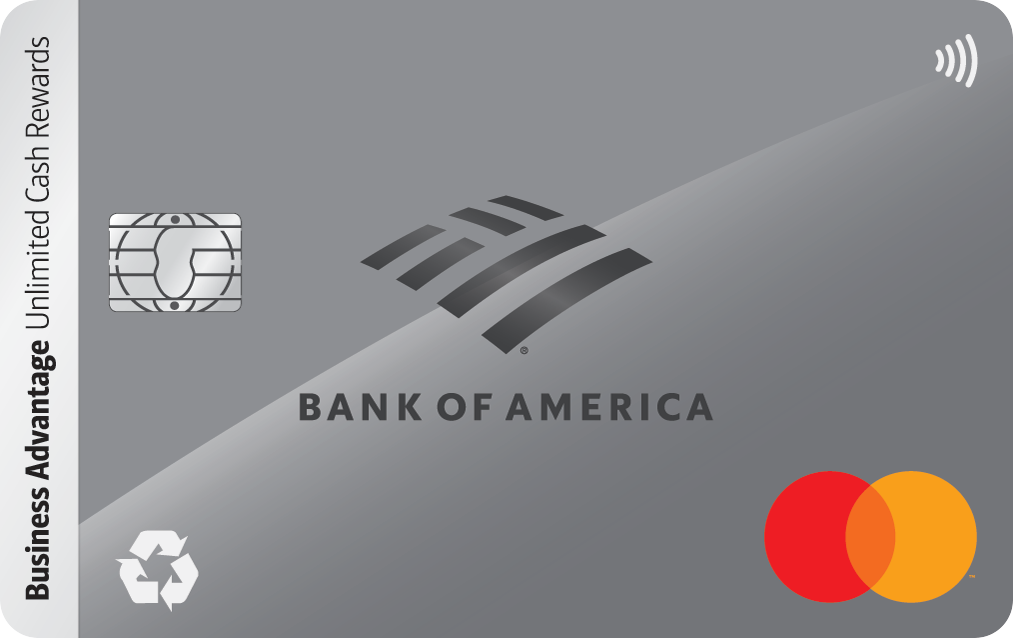Most People Keep Their Savings in the Wrong Account

Image source: Getty Images
A reader told me recently she had $9,400 in savings and wasn't sure if she was "doing it right." Her bank was paying her 0.01%.
That's not unusual. Most people keep their savings in an account that barely earns anything, even when better options are sitting right in front of them.
Here's what's going on and how to fix it.
Big banks still pay almost nothing
Most major banks, think Bank of America, Wells Fargo, Chase, pay about 0.01% on standard savings accounts. That's just a dollar a year on a $10,000 balance.
They can do that because many customers never move their money. The brand is familiar. The app works. The account is already set up.
But sticking with that default option costs you real money.
Online banks are paying around 4.00%
Many of the best high-yield savings accounts still hover near 4.00% APY. That's roughly 400 times what the biggest banks offer.
On $10,000, the difference between earning 0.01% and earning 4.00% is the difference between making about $1 a year and earning around $400.
It's still safe. It's still FDIC insured. And you can move money in and out when you need it.
Compare some of the best high-yield savings accounts here and open most in minutes.
Most people just don't know the gap is this big
Most readers I talk to are surprised. They assume all banks pay about the same rate. They assume their bank raised rates when the Fed did.
Rates vary a lot from bank to bank, and many traditional banks simply don't raise savings rates unless their competitors force them to.
A better setup for your savings
You don't need to overhaul your finances. Just split your cash into two buckets:
- Emergency savings. This is money you need fast. A high-yield savings account is the best home for it. Easy access, FDIC insurance, and a real interest rate.
- Short-term goals. For things happening in the next one to five years, you can also use a certificate of deposit. CDs keep your money safe and your rate won't drop even if the Fed lowers rates again. See the best CD rates available here.
If you're saving for something farther out, investing may make more sense.
How to make the switch
Moving your savings takes about five minutes:
- Open a high-yield savings account at an online bank
- Link your checking account
- Transfer over whatever you don't need for bills or day-to-day cash flow
That's it. No ongoing maintenance. No monthly fees.
A small change that pays you every day
Most people don't realize how much interest they're missing until they see the numbers in their own account. But once you switch, you feel the difference quickly.
And unlike most financial decisions, this one doesn't require sacrifice or cutting back. It's simply putting your money in a place that actually works for you.
Our Research Expert


